Instructions for homemade readers to clap the device to turn on the lamp / fan very simply
What do you think if the indoor electric light can be turned on / off with just a clap operation?
Returning home, the room was dark, and finding the switch to turn on the light was difficult. Or you just go to bed but suddenly realize that you forgot to turn off the power. Have you encountered any of these situations? Today we will guide you to make the device turn on the light by clapping . Now you can just go to bed and go to bed before turning off the light. Or take your friends home to play and clap your hands to turn on the lights for you " O-shaped eyes ".

Prepare :
- A Broad Arduino Uno R3 (Price 119,000 VND).
- A module Relay 5V a channel (Price 25,000 VND).
- A sound sensor module CN07 (Price 25,000 VND).
- Wire connecting 7 colors of all types of Duc-Cai, Cai-Cai, male-male (Price of VND 7,000).
Step 1
Connect sound sensor module CN 07 with Arduino.
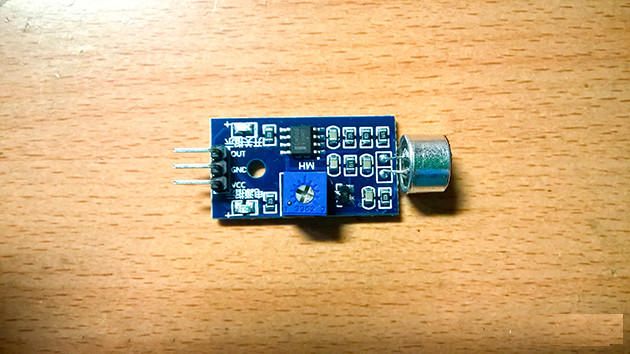
On CN07 there are 3 pins, VCC and GND are 2 power pins (GND plugs in negative wires, VCC plugs the positive power wires), OUT is the signal pins .
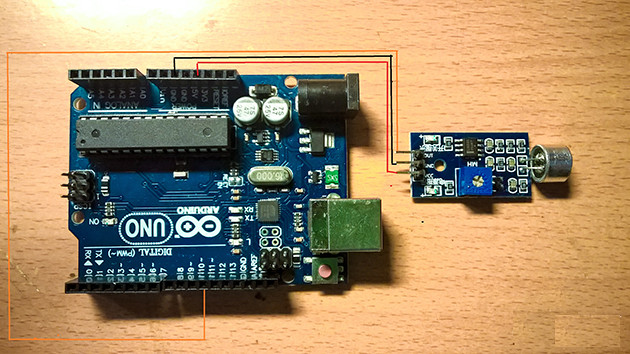
Diagram connecting with Arduino :
- VCC plugged into 5V pin.
- GND plugs into GND pins.
- OUT plugs into pin number 11.
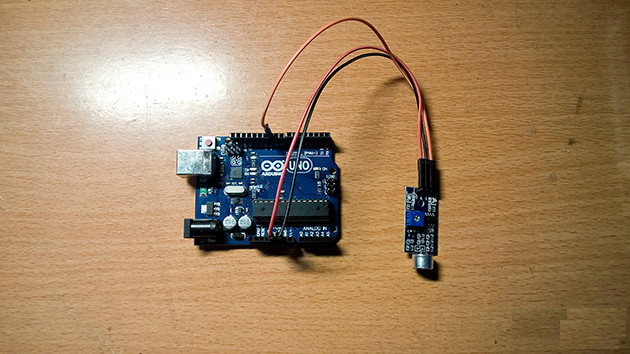
Step 2
Connecting Relay Module with Arduino, Relay Module helps us to control devices with large voltage like 220V, if directly controlled with device running 220V, Arduino circuit will be damaged.
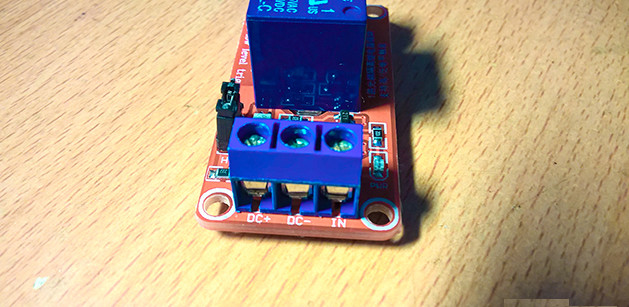
The Replay module will have 6 pins, DC + DC - is the 2nd pin supplying small voltage from Arduino output, IN is the input signal pin.
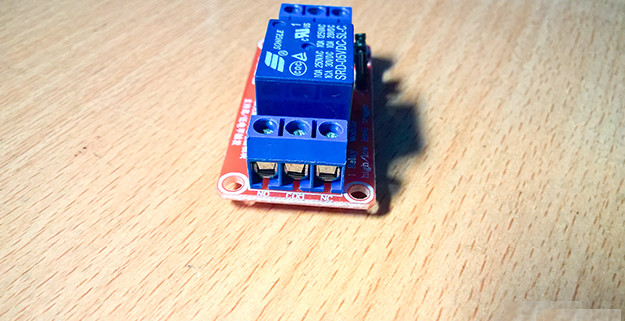
COM and NC NO are pins for us to use to switch off electrical devices. COM is the middle foot. NC stands for Normal Close which means normally closed. NO is Normal Open meaning normally open.
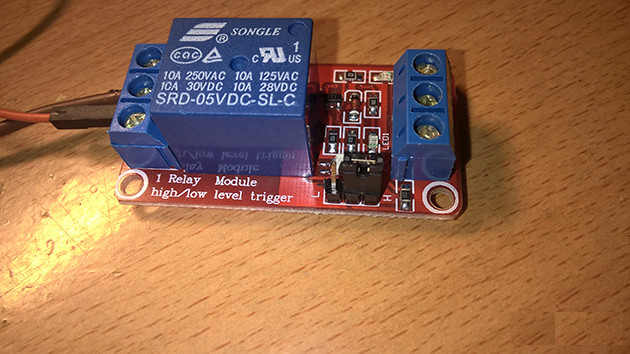
Also on this Relay module, you also see here there is a circuit clamp. Above there are 3 legs. The L symbol stands for Low and H stands for High. This is the option that allows you to choose an Arduino to send a LOW signal that will trigger Relay or send a High signal to enable the relay (Low and High are the two electrical states sent from the Arduino board to).
Eg. You program the Arduino to send signal 1 (In arduino 1 ie High signal) for Relay module. If on Relay you are clamping at Low pin, the relay will not be activated.
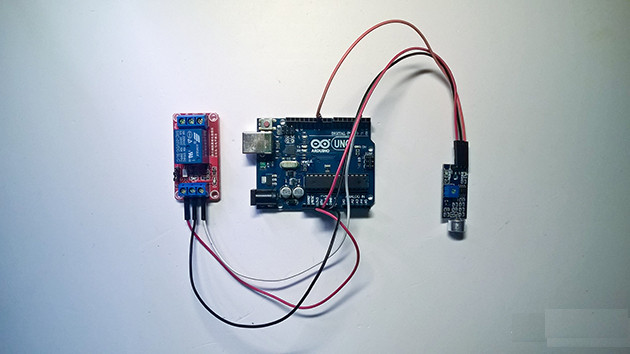
Diagram connected to Arduino
D + plug in 3V pins. It should be plugged into the 5V pin of the CN07 sensor, so you can plug it into 3V pins.
D- plug in GND pins.
IN plugged into pins 2.
Step 3
Connect Relay Module with light bulb.
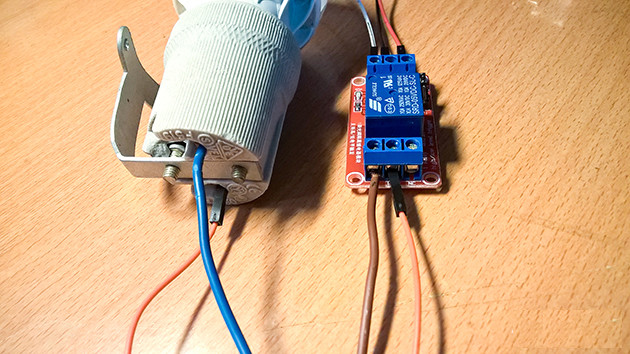
COM pins connected to one end of the light bulb.
NC pins are connected to a 220V power supply.
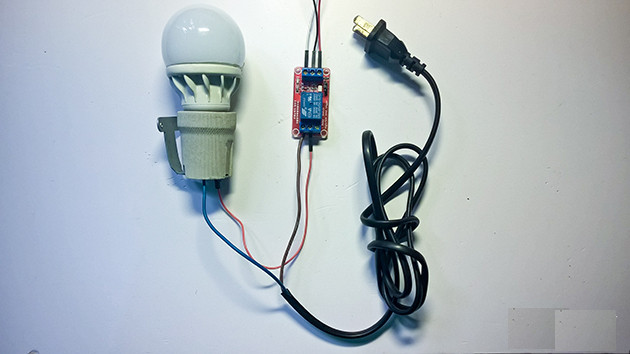
The remaining power head is connected to the other end of the lamp.
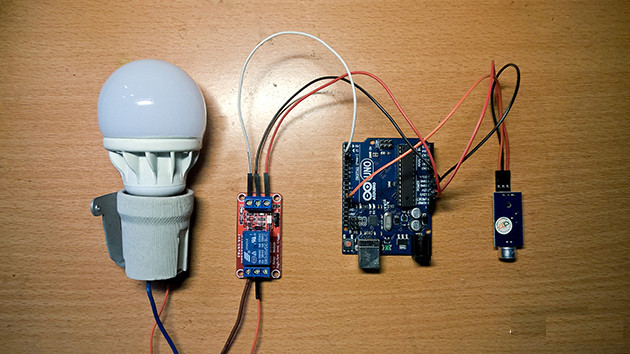
So when the connection is finished, we will now move on to the control code programming.
Step 5
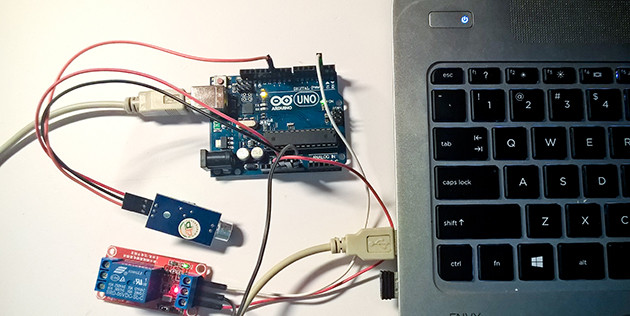
You connect the Arduino board to the USB port and open the software to load the Arduino code on the computer to copy this paragraph to:
#define sensor 11
#define led 2
boolean val = 1;
boolean ledstatus = 0;
void setup () {
pinMode (led, OUTPUT);
pinMode (sensor, INPUT);
Serial.begin (9600);
}
void loop () {
Serial.println (digitalRead (sensor));
while (ledstatus == 0) {
val = digitalRead (sensor);
if (val == 0) {
ledstatus = 1;
digitalWrite (led, ledstatus);
delay (80);
break;
}
}
while (ledstatus == 1) {
val = digitalRead (sensor);
if (val == 0) {
ledstatus = 0;
digitalWrite (led, ledstatus);
delay (80);
break;
}
}
}
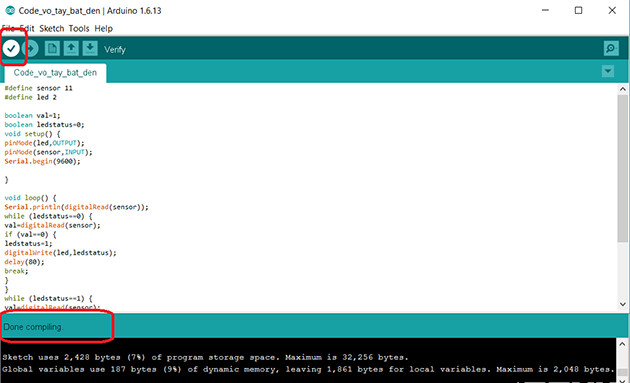
Then you click on the V- shaped icon to translate the code to see if there are any errors. If Done below, Done Compling has no errors.
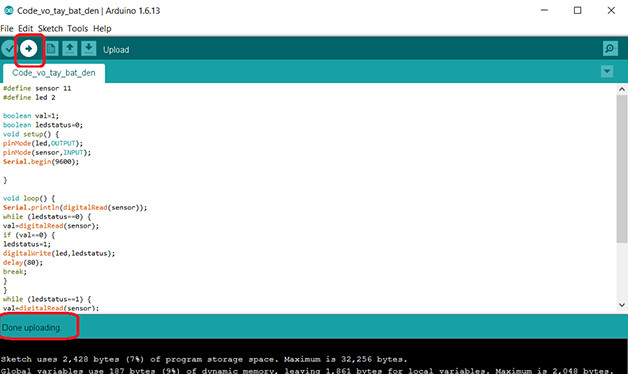
You press the arrow next to the V mark to proceed to code up arduino. When done, there will be a done uploading line below.
So we have completed a device to turn on and off the light by clapping. What are you waiting for and don't start doing it right away?
You should read it
- How to choose the right electric fan for your needs?
- Fix flashing electric light
- How to use household electrical equipment safely and explosion-proof
- How does the human body change when electrocuted?
- What is Apollo's electricity jack? Is that good?
- How to Run a Toy DC Motor by Using Arduino
- 15 useful inventions to make things easier
- Which technology device consumes electricity?
May be interested
- Entertainment with Akinator application, the god of lights can read your thoughts
 akinator is known as the god of light on the internet, he can know who you are thinking in your head. so how to meet this god lamp? how does his behavior work? or is there a way to trick him? please follow the article below!
akinator is known as the god of light on the internet, he can know who you are thinking in your head. so how to meet this god lamp? how does his behavior work? or is there a way to trick him? please follow the article below! - Top best bathroom heating lamps today
 have you chosen a bathroom heating lamp for your family? if you do not know, choose which bath heating lamp to ensure safety, immediately refer to the top 5 best bathroom heating lamps today.
have you chosen a bathroom heating lamp for your family? if you do not know, choose which bath heating lamp to ensure safety, immediately refer to the top 5 best bathroom heating lamps today. - The brightest LED lamp in the world, if projected into the blind's eyes temporarily
 this special led has a luminous intensity of up to 108,000 lumens, which can turn everything around as bright as day. if you look directly at the light bulb, you may experience temporary loss of vision, even minor burns.
this special led has a luminous intensity of up to 108,000 lumens, which can turn everything around as bright as day. if you look directly at the light bulb, you may experience temporary loss of vision, even minor burns. - Xiaomi launched the MIJIA Desk Lamp Lite desk lamp for only $ 11
 as the name implies, this is a shortened version of the previously released mijia desk lamp.
as the name implies, this is a shortened version of the previously released mijia desk lamp. - Homemade 15-year-old AirPods for use for only 4 USD
 recently, a user named sam cashbook (15 years old) posted a diy product, a pair of very unique homemade 'airpods' on reddit.
recently, a user named sam cashbook (15 years old) posted a diy product, a pair of very unique homemade 'airpods' on reddit. - 7 Bathroom lamps with less than 1 million VND worth to buy
 top german bathroom heating lamps with attractive prices below will be suggestions to consider for you.
top german bathroom heating lamps with attractive prices below will be suggestions to consider for you. - Instructions for making devices turn on and turn off lights automatically when the light / dark is super simple with only 50,000 VND
 this device will significantly reduce your monthly electricity bill if you are a forgetful person.
this device will significantly reduce your monthly electricity bill if you are a forgetful person. - The secret to choosing a bath heating lamp is suitable for the room area
 the selection of bath heating lamps in accordance with the room area is extremely necessary. please refer to the article below to find useful information to help you choose the right heating lamp
the selection of bath heating lamps in accordance with the room area is extremely necessary. please refer to the article below to find useful information to help you choose the right heating lamp - How to Hang a Lamp Without Drilling
 it's natural to want to hang your lamp without making any holes so you keep your walls in great condition. whether your walls are made out of a rough surface like brick or a smooth one like painted drywall, there are items you can purchase...
it's natural to want to hang your lamp without making any holes so you keep your walls in great condition. whether your walls are made out of a rough surface like brick or a smooth one like painted drywall, there are items you can purchase... - Install LAMP Stack on Ubuntu 18.04
 lamp stack is a collection of open source software made up of linux operating system, apache, mysql database and php. let's explore how to install lamp stack on ubuntu 18.04.
lamp stack is a collection of open source software made up of linux operating system, apache, mysql database and php. let's explore how to install lamp stack on ubuntu 18.04.










 15 difficult to say only those who wear glasses close to understand
15 difficult to say only those who wear glasses close to understand 20 billboards are extremely unique and funny in the world
20 billboards are extremely unique and funny in the world 18 characteristics confirmed by science are signs of smart people
18 characteristics confirmed by science are signs of smart people 24 funny inventions are extremely creative in life
24 funny inventions are extremely creative in life Processing a 'one hundred dead' cockroach simply with beer cans
Processing a 'one hundred dead' cockroach simply with beer cans Instructions for making very simple soap bubble blowing machines, self-made less than 10 minutes
Instructions for making very simple soap bubble blowing machines, self-made less than 10 minutes